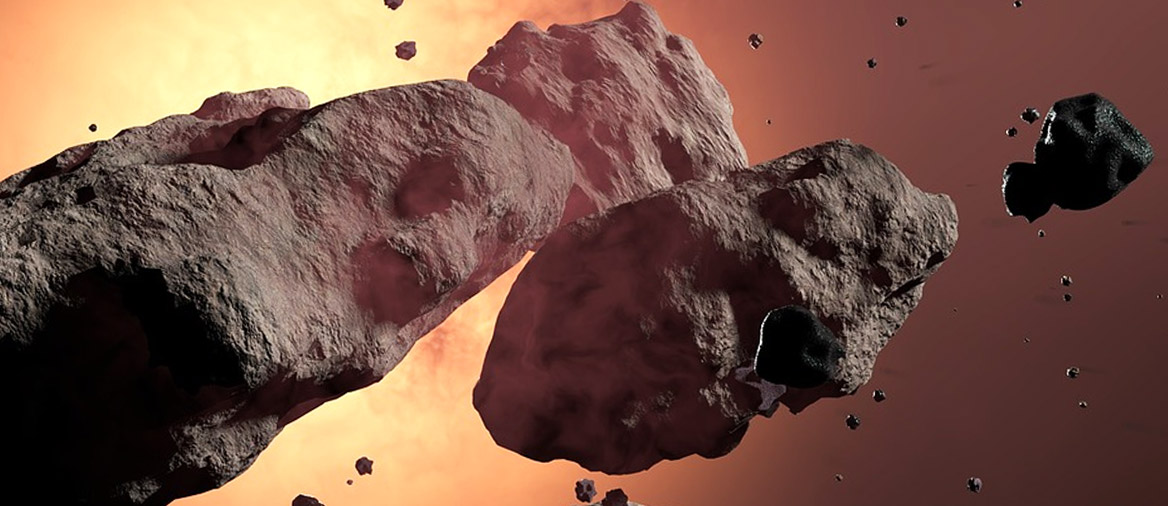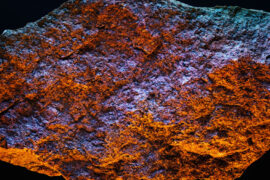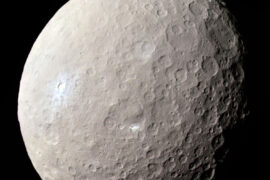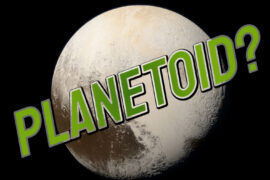Meteoroids – or meteors as they are more commonly known – are the most common objects in the Solar system. Astronomers believe there are at least a trillion (that’s twelve zeroes) of them just in the Solar system. Just on Earth, an estimated 25 million meteors and micrometeoroids enter the atmosphere every single day.
So how come there are so many of them? and how did they form?
In this article, we’ll learn how meteors are formed and learn more about them. Studying meteors help us better understand the origins of the Solar system. It is also important to keep track of them as the big ones represent a threat to Earth.
But first, there is something that needs some clarification.
Meteors, meteoroids, and meteorites
When astronomers refer to meteoroids, meteors, and meteorites they are basically referring to the same thing. These three categories refer to the same type of rock and even to the same object. The only difference between the three terms is where it is located at any given time.
- When it is traveling through space, it is called a meteoroid.
- When it enters Earth’s atmosphere, it is a meteor.
- If it manages to land on Earth, it is now called a meteorite.
“Meteor” and “meteoroid” are sometimes used interchangeably. In this article, we’ll mostly use the word word “meteor” as it is the most common term, but please note that in strictly scientific terms, since we’ll be referring to the ones that are in outer space, the correct term would be “meteoroid”.
What is a meteor?
A meteor is a small rock that travels through space orbiting the Sun. They can be made out of metal, carbon, silicate minerals (rock), or a combination of these materials.
Meteors vary in size from tiny specks of dust to rocks with a diameter of one meter (3.2 feet). Objects that are bigger than that are considered asteroids.
Most meteoroids in the Solar system are found in the asteroid belt, the Kuiper belt, and the Oort Cloud. These are areas of the Solar system that contain millions of meteoroids, asteroids, and comets.
Speaking of comets. Comets are also a source of meteors. As a comet orbits near the Sun, the ice and frozen gases it contains melt, causing small pieces of rock to be left behind. Each of these tiny pieces is now considered a meteoroid and sometimes Earth passes by areas where a lot of them were left behind and they all enter the atmosphere at the same resulting in a meteor shower. If you want to learn more about this process, check out these two posts: What causes a meteor shower? and 10 characteristics of a comet.
And to learn more about meteors, you might be interested in:
How are meteors and meteoroids formed?
Meteors form in three different ways. Accretion, collisions, and melting.
The main process through which meteors form is called accretion and it is the same way planets, asteroids, comets, and pretty much every other object in the Solar system formed.
Accretion
Accretion happens when tiny specks of dust and particles of gas collide and interact with each other thanks to gravity. These particles stick together, forming larger pieces, which in turn clump with other pieces, and so on until large objects are formed. Some objects stay small, like meteors, and some become large, like planets.
The cloud where all these materials came from in the Solar system is called a protoplanetary disc. It was leftover material that swirled around the Sun after the star was formed.
Collisions
Sometimes large objects in space crash into each other at very high speeds. Even planets collided with other planets in the early days of the Solar system. These violent impacts can take out chunks of the objects that then become a different individual objects.
This is how our Moon was formed. Our planet collided with another planet the size of Mars and the material that was leftover from the impact clumped together into the Moon through accretion.
In the asteroid belt, asteroids hit each other all the time, breaking into small chunks less than a meter wide that are now considered meteoroids.
Melting
Comets release many small pieces of rock and ice as they orbit near the Sun. These leftover pieces are then considered individual meteoroids.
Sometimes Earth passes by an area where a lot of meteoroids left by a comet are and they burn in our atmosphere and are sometimes visible. This is what we call a “meteor shower”.
Summary
- Meteoroids or meteors are small chunks of rock and metal that orbit the Sun. They have to be smaller than one meter (3.2 feet).
- There are trillions of asteroids in the Solar system. Most of them are in the areas where asteroids and comets are found as well.
- Meteors can form through accretion, collision, or as leftovers of comets melting.







